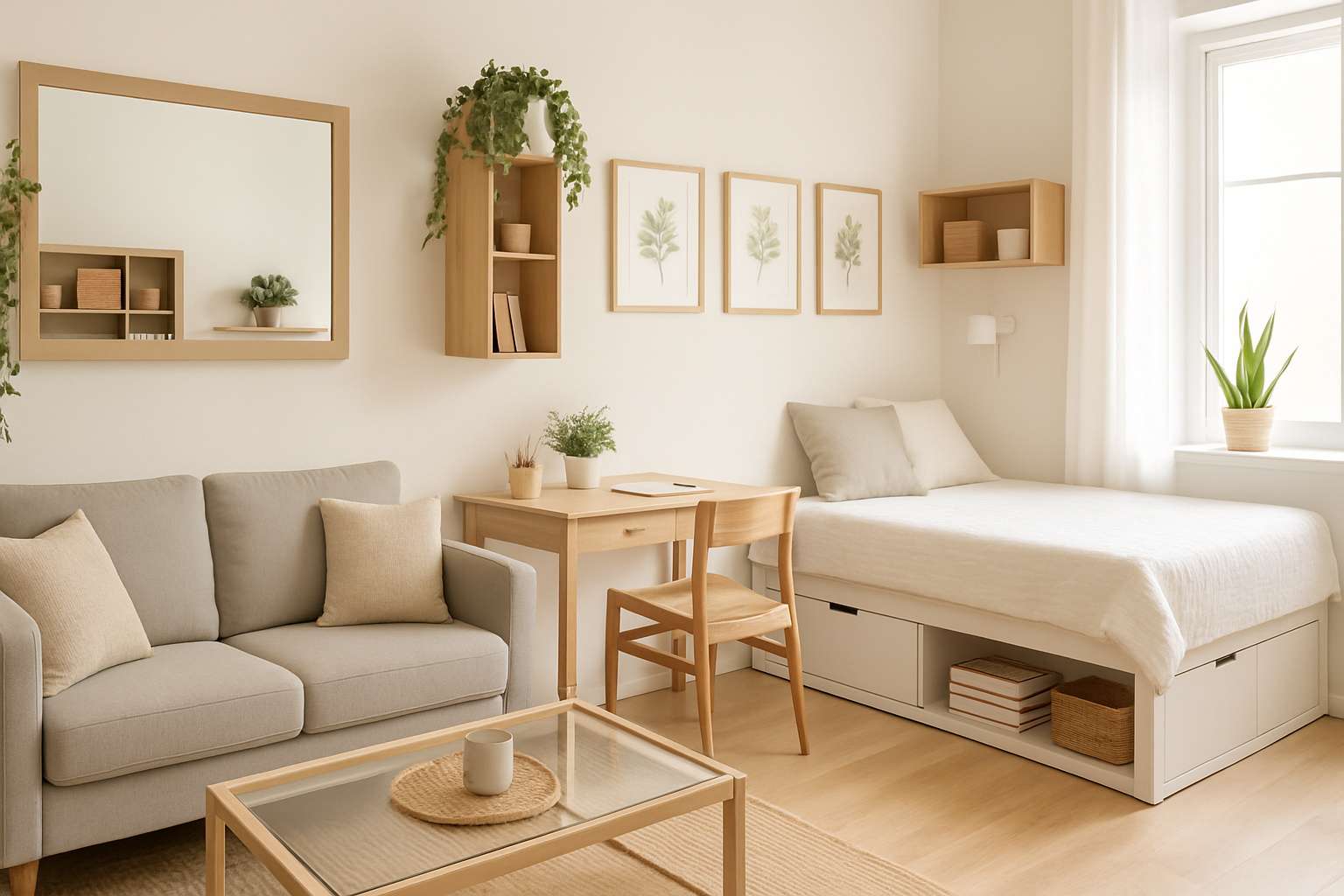Living in a compact home doesn’t mean you have to sacrifice style, comfort, or functionality. Clever design choices and innovative solutions can turn the tiniest nook into a purposeful, beautiful part of your living space. Whether you’re in a studio apartment or just dealing with an awkward room layout, small-space hacks help you unlock hidden potential, reduce clutter, and create the illusion of spaciousness.
1. Embrace Vertical Storage
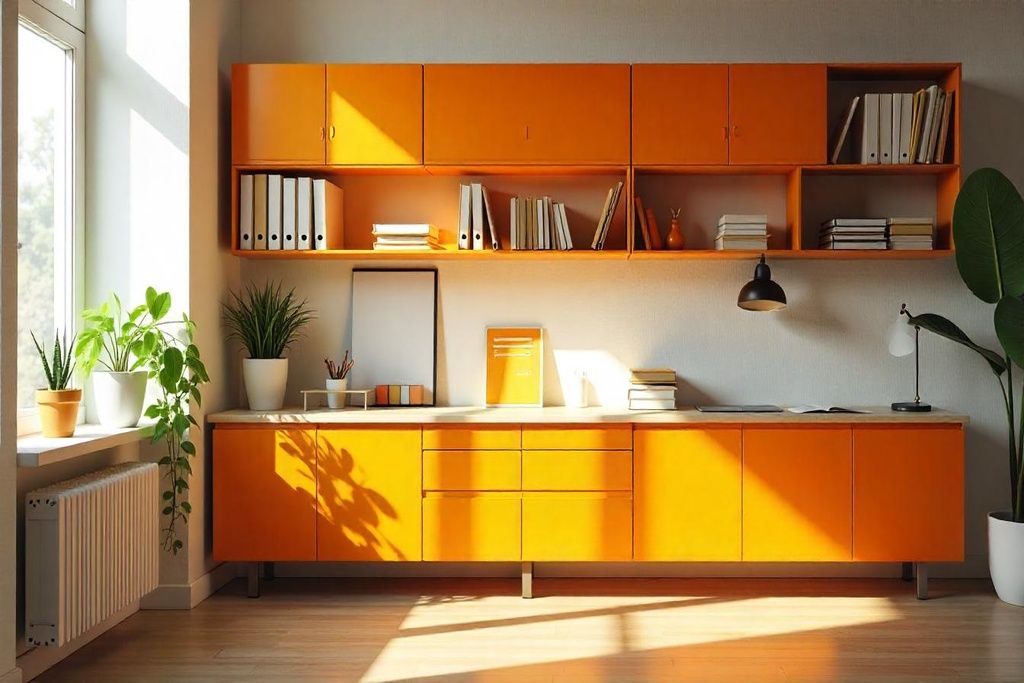
When floor space is precious, the only way is up. Walls offer a vast, often underutilized canvas for storage solutions. Think beyond traditional shelving: install tall cabinets that stretch to the ceiling, hang pegboards for tools or kitchenware, or add vertical bike racks. In the kitchen, magnetic strips can hold knives or spice jars, freeing up counter space. Even in the bathroom, tall étagères can store towels and toiletries elegantly.
A great example is the use of floor-to-ceiling bookcases in narrow living rooms. They not only provide storage but also visually elongate the walls, making the room feel taller. According to Better Homes & Gardens, vertical solutions like ladder shelves and wall-mounted units are game-changers for small homes (source).
2. Opt for Multi-Functional Furniture
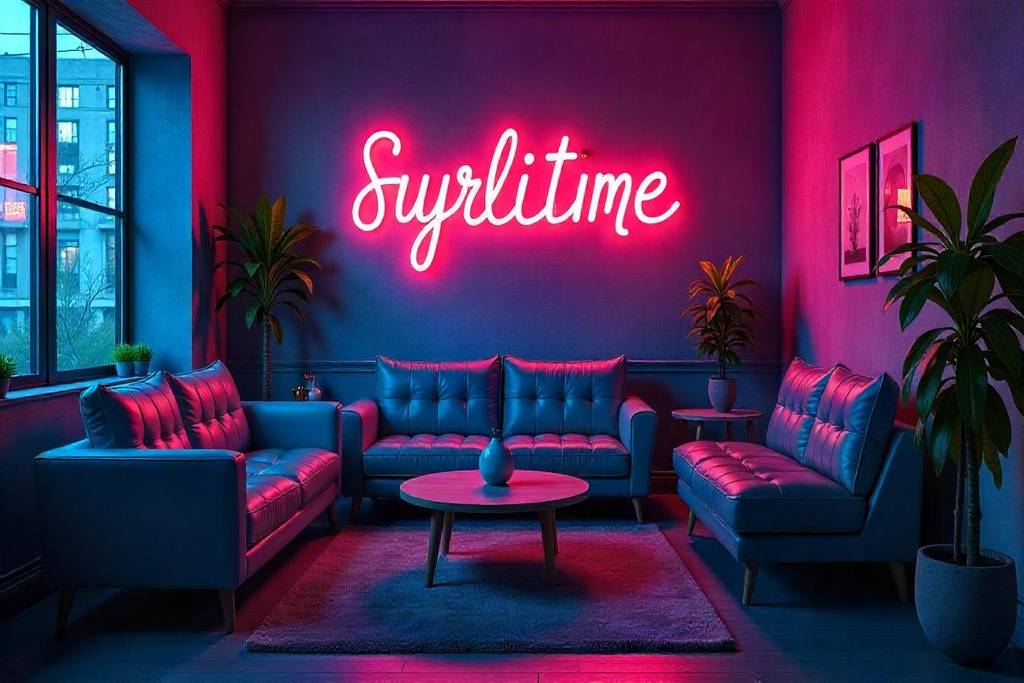
Furniture that serves more than one purpose can dramatically transform small spaces. Sofa beds, extendable dining tables, storage ottomans, and coffee tables that convert into desks allow you to adapt your space for different needs. For instance, a storage bench by the front door keeps shoes organized while doubling as seating.
A comparison can be drawn to tiny home designs where every element must justify its footprint. Multi-functional pieces prevent clutter and reduce the need for excessive furniture, creating a more open feel. Apartment Therapy highlights that investing in versatile furniture can help maximize functionality without sacrificing aesthetics (source).
3. Use Mirrors to Create Depth
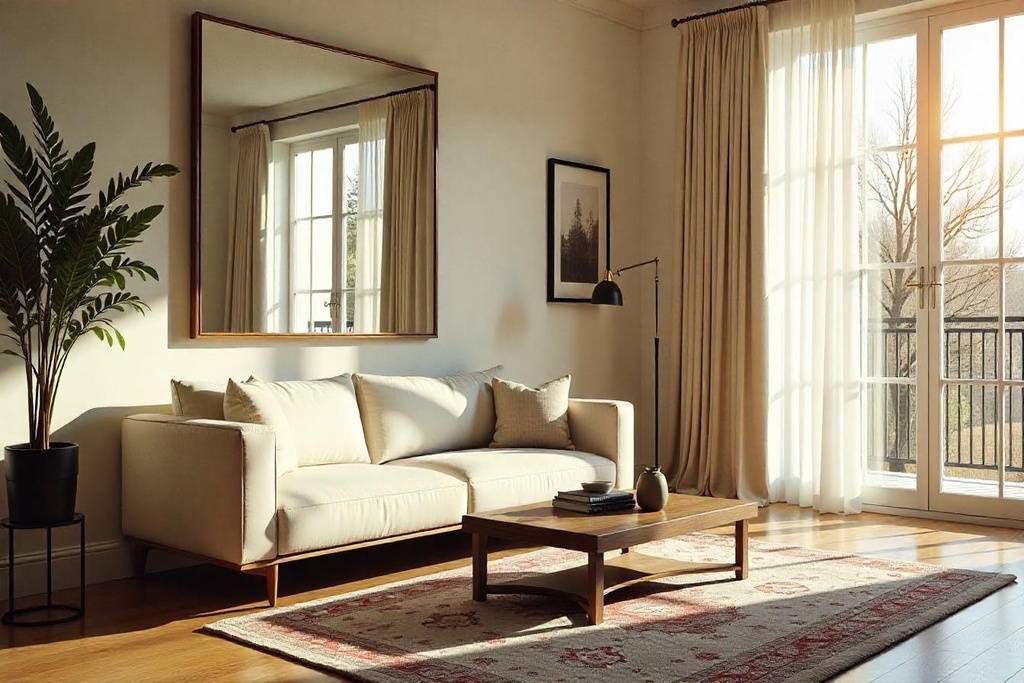
Mirrors are a designer’s secret weapon for making small spaces feel more expansive. Large wall mirrors reflect natural and artificial light, brightening dark corners and creating the illusion of depth. Placing a mirror opposite a window doubles the impact of daylight, visually extending the room.
Compared to artwork or wall decor, mirrors offer functional beauty. A mirrored wardrobe in a small bedroom, for instance, provides storage while bouncing light around the room. The Spruce recommends using mirrored furniture pieces or accent walls to maximize visual space without adding clutter (source).
4. Declutter with Hidden Storage

Minimalism thrives in small spaces, but living clutter-free requires smart storage. Hidden compartments, under-bed drawers, and furniture with secret nooks keep everyday items out of sight. Beds with hydraulic lifts reveal a treasure trove of storage beneath the mattress, perfect for bulky linens or off-season clothes.
Compared to open shelves, hidden storage helps maintain a clean aesthetic. The difference between a serene studio and a chaotic one often comes down to visual noise. Good Housekeeping emphasizes that hidden storage solutions are key to maintaining both functionality and visual calm in tight quarters (source).
5. Choose Light Colors Strategically

Light colors, especially whites, creams, and pale grays, reflect more light, making rooms feel bigger and airier. Darker shades can visually shrink a space, while lighter tones blur boundaries between walls, ceilings, and floors, creating a seamless look. In contrast, accent walls in deeper hues can add depth when used sparingly.
For instance, painting one wall navy blue while keeping others white draws the eye and adds dimension without overwhelming the room. Real Simple suggests that color choices can completely transform the perception of a small space (source).
6. Use Pocket or Sliding Doors
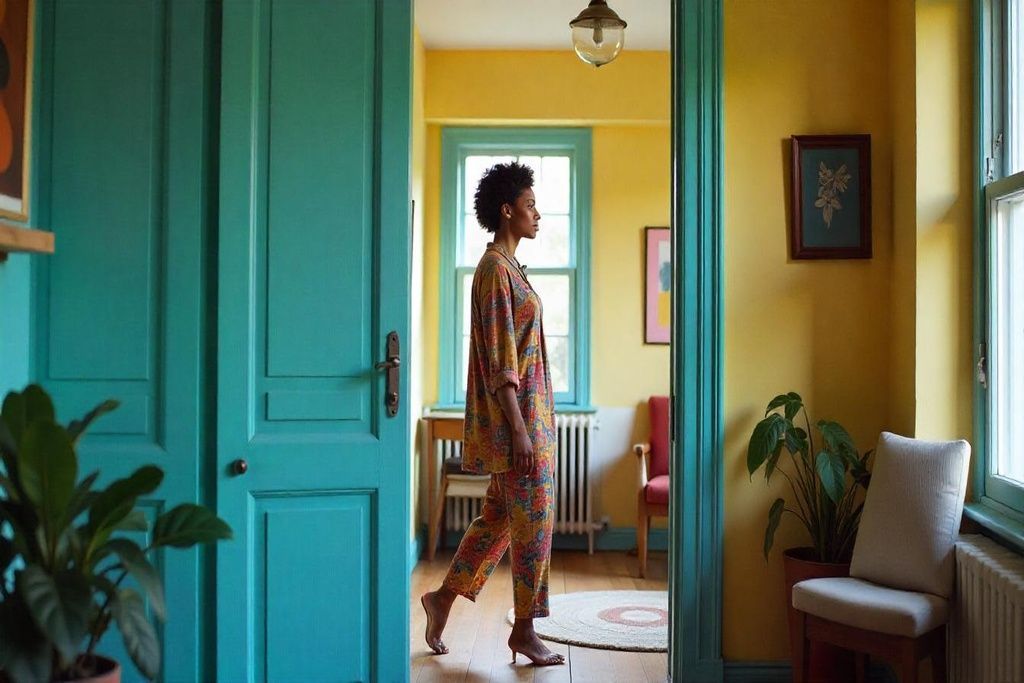
Traditional hinged doors consume precious square footage because of the space they require to swing open. Pocket doors or sliding barn doors glide along a track, eliminating this issue and creating seamless transitions between rooms.
Compared to curtains or room dividers, solid sliding doors offer privacy without sacrificing floor space. In bathrooms or closets, pocket doors are particularly effective, allowing for a smoother flow in tight quarters. Houzz underscores the versatility of sliding doors for saving space in modern homes (source).
7. Hang Curtains Higher and Wider
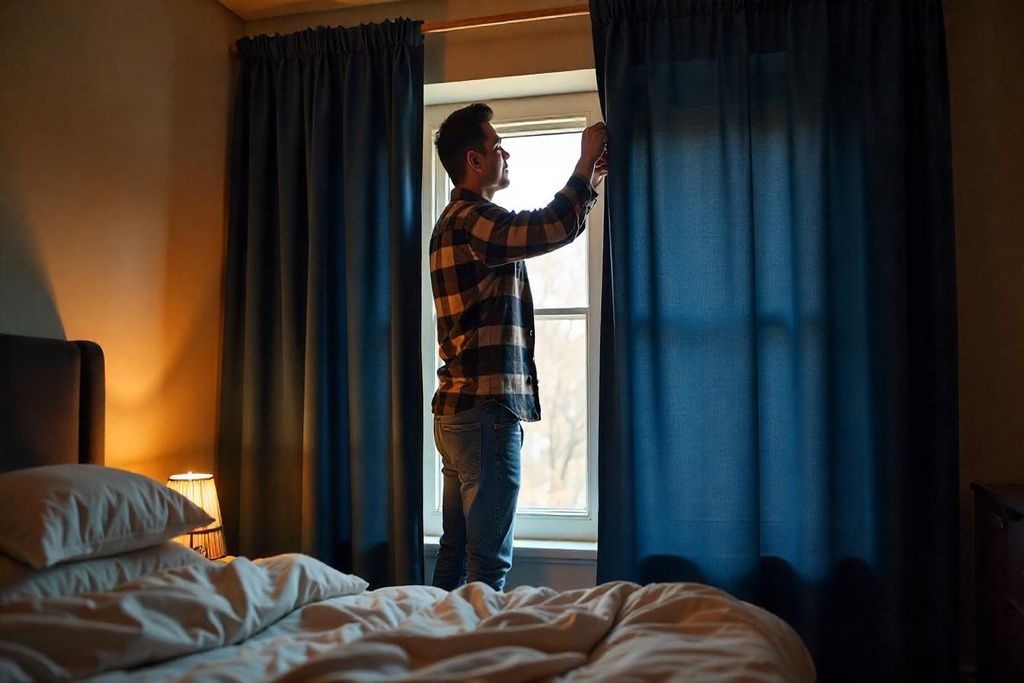
A clever trick to make windows appear larger—and ceilings higher—is to install curtain rods well above the window frame and extend them beyond the window’s width. This visual illusion elongates the wall, making rooms feel grander. Compared to blinds, flowing curtains add softness while manipulating the perception of height and breadth. Elle Decor advises using lightweight fabrics like linen to enhance airiness without weighing down the space (source).
8. Zone Spaces with Rugs
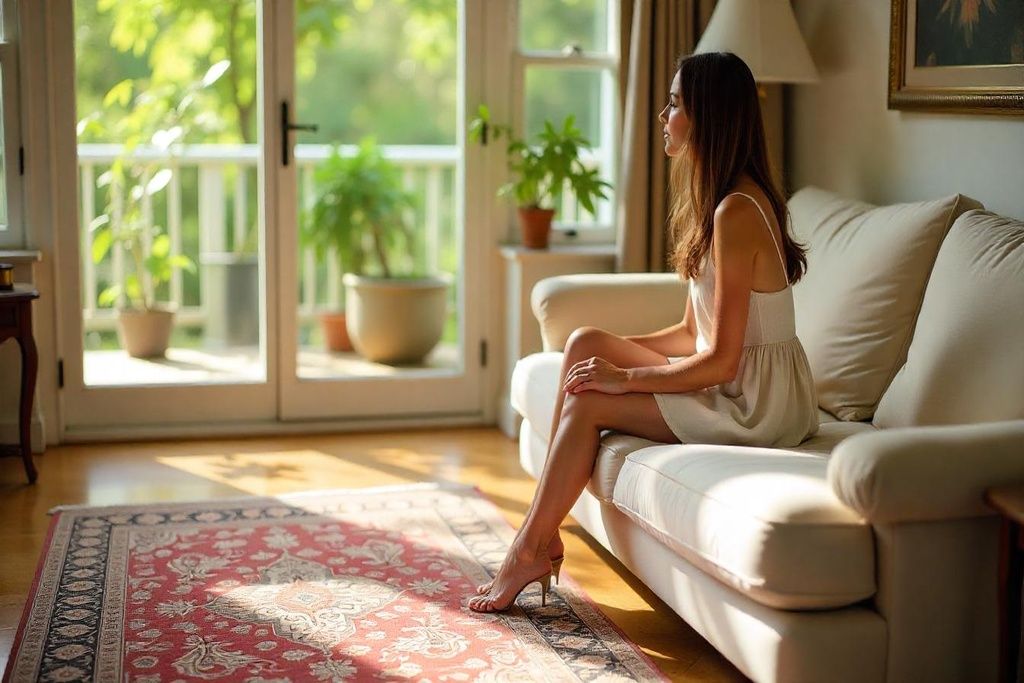
In open-concept layouts or studio apartments, defining separate zones with rugs helps organize the space visually and functionally. A rug under the bed distinguishes the sleeping area, while another under a dining table signals a separate “room” even without walls. Compared to physical dividers, rugs maintain openness while providing structure. Architectural Digest explains that using multiple rugs in different sizes and patterns can create cohesive yet distinct zones in one shared area (source).
9. Utilize Corners Creatively
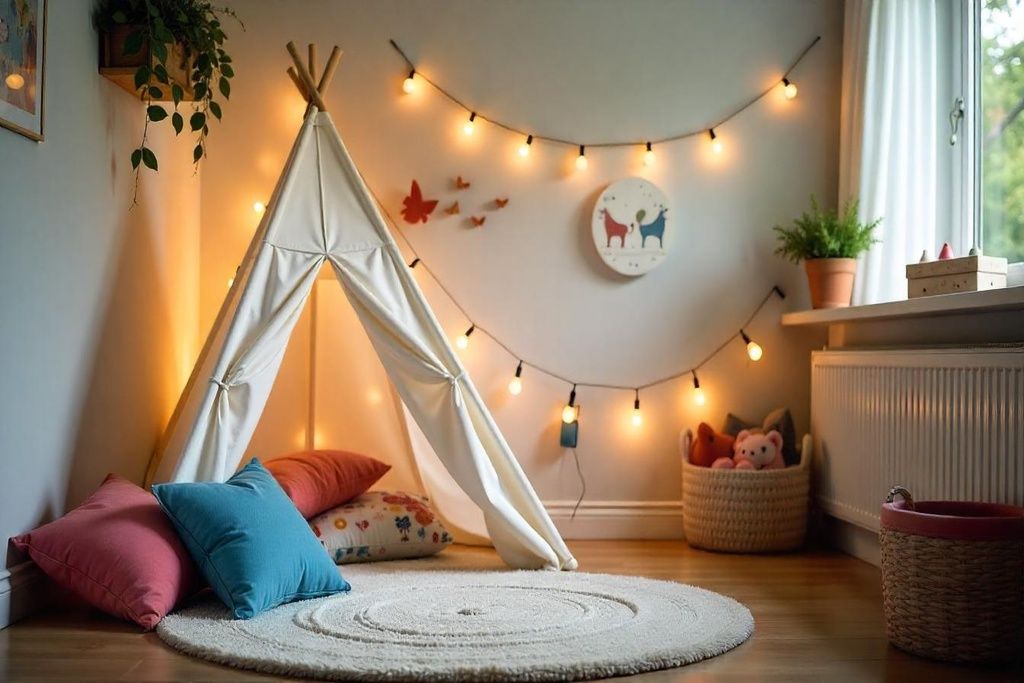
Corners are often wasted real estate. Installing corner shelves, L-shaped desks, or custom cabinetry can turn these spaces into valuable storage or work areas. Even adding a cozy reading nook with a corner armchair can make the most of an awkward spot. Compared to placing furniture flush against straight walls, corner solutions capitalize on otherwise neglected square footage. HGTV showcases numerous ideas for transforming corners into practical and stylish features (source).
10. Fold Down What You Don’t Need

Drop-leaf tables, fold-down desks, and wall-mounted ironing boards save space when not in use. These items vanish into the wall or compact neatly, freeing up floor space for other activities. Compared to fixed furniture, fold-down pieces offer flexibility for multipurpose living. For example, a fold-down dining table in a small kitchen becomes a prep surface or work area when guests aren’t around. Bob Vila praises fold-down furniture as a practical solution for small living (source).
11. Invest in Clear Furniture
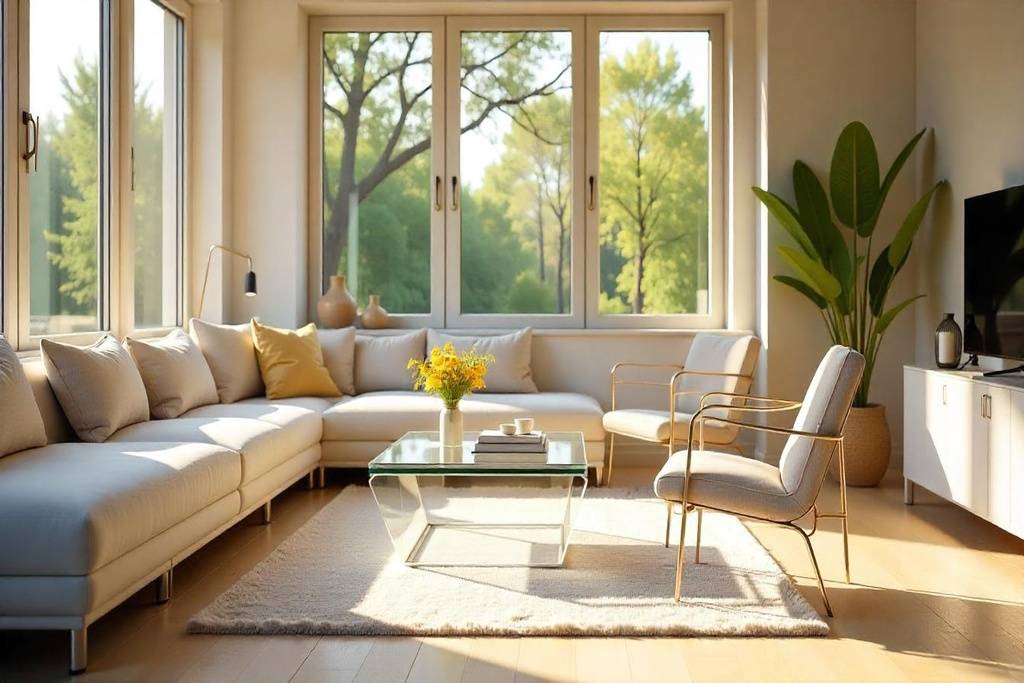
Acrylic or glass furniture appears to “disappear,” reducing visual clutter while still providing functionality. Lucite coffee tables, clear dining chairs, and glass console tables create a sense of openness, unlike bulky wooden pieces that block sightlines. Compared to opaque furnishings, clear items keep spaces feeling light and airy. House Beautiful notes that clear furniture is perfect for small rooms because it’s stylish yet visually unobtrusive (source).
12. Mount Your TV
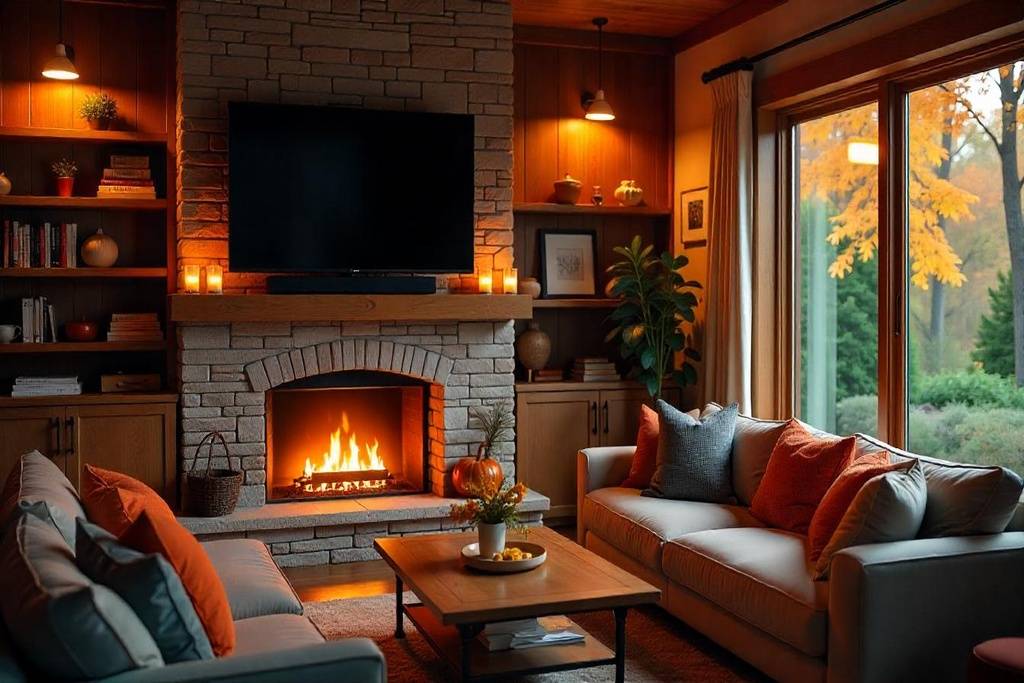
Instead of using a bulky media console, wall-mounting your television frees up significant floor space. Floating shelves beneath the TV can house electronics and decor without adding bulk. Compared to traditional TV stands, mounting creates a sleeker look and prevents rooms from feeling crowded. CNET recommends wall-mounting as a top tip for both aesthetic and practical reasons in compact spaces (source).
13. Install Under-Cabinet Lighting

Small spaces can feel dark if light doesn’t reach every corner. Under-cabinet LED strips brighten countertops, desks, or workspaces, adding functionality without taking up room. Compared to overhead lighting alone, under-cabinet lights eliminate shadows and create a warm, welcoming vibe. This Old House highlights under-cabinet lighting as an essential upgrade for maximizing usability in tight kitchens and offices (source).
14. Keep Surfaces Clear

Countertops, desktops, and tabletops can quickly become clutter magnets. Adopting a “clear surface” rule ensures small spaces remain tidy and inviting. Use trays, baskets, or drawer organizers to corral items rather than leaving them scattered. Compared to open displays, minimal surfaces reduce visual chaos and foster a sense of calm. Martha Stewart advocates for regularly decluttering surfaces as a crucial habit for small-home living (source).
15. Think Modular

Modular furniture systems—like shelving units that can expand or contract—offer flexibility for changing needs. For example, IKEA’s KALLAX can serve as a room divider, bookshelf, or storage bench depending on how it’s configured. Compared to traditional fixed pieces, modular designs adapt as lifestyles change, perfect for renters or those who frequently rearrange their spaces. The New York Times notes that modular furniture is increasingly popular for urban dwellers seeking both utility and style (source).

